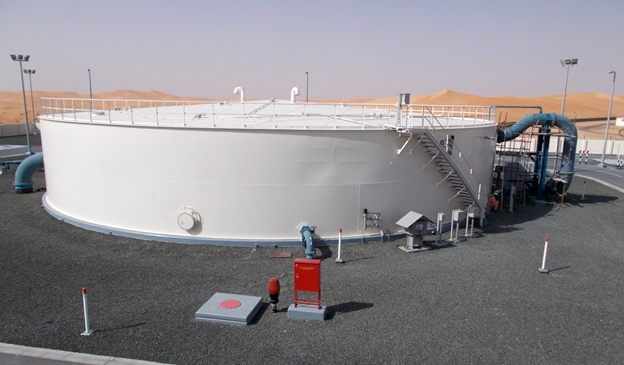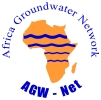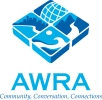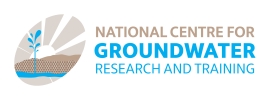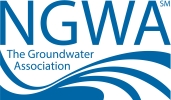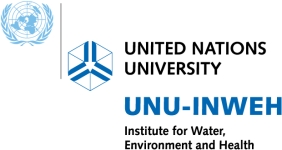In the global search for water solutions to foster growth and resilience, natural or “green” infrastructure is gaining recognition as a critical asset, which requires not only conservation but appropriate management to meet human needs. Groundwater and the aquifers that contain it form an important part of this natural capital, supplying water and performing a variety of ecosystem services.
Based on the considerable knowledge, experience and technical expertise of its many partners, GRIPP has assembled here a portfolio of solutions that makes it possible, through improved management, to derive greater benefits from groundwater-based natural infrastructure, or GBNI. The solutions are grouped below according to four primary but somewhat overlapping functions. Follow the links to learn more about how each solution works, and what GRIPP partners and many other institutions have learned from their experience.
See an overview on groundwater-based natural infrastructure
See a guide for determining which GBNI solution best fits your goal
The appeal of groundwater-based natural infrastructure
Historically, societies have relied heavily on groundwater. The key difference between past practice and the solutions presented here is that the latter involve a more deliberate effort to manage groundwater for multiple benefits, including better and more reliable water supplies as well as environmental sustainability. In recent decades, two ominous developments have fueled interest in solutions derived from groundwater-based natural infrastructure (GBNI).
One is the need to build resilience in the face of worsening climate variability through improved water storage management. The option of building more reservoirs to hold surface water has limits. In many countries, the most suitable sites have already been used, and the reservoirs already built show drawbacks, such as rapid siltation and increased water loss from evaporation caused by rising temperatures. Aquifer recharge for underground storage of water and subsequent recovery (for irrigation and other uses) during times of need offers an cost-effective and viable alternative.
A second threat is rapidly deteriorating water quality, which undermines both human and environmental health. The problem is especially grave in low-income countries with limited funds for investment in water treatment plants. Underground approaches, based on managing naturally occurring biophysical and chemical processes, offer attractive alternatives or complementary solutions for water quality improvement.
For this and other purposes, green groundwater-based infrastructure supports grey or built infrastructure. In most cases, GBNI solutions incorporate infrastructure such as water wells, infiltration ponds and other above- or below-ground structures to enhance and manage natural processes. Often, the most effective options are those combining green and grey infrastructure.
GBNI holds promise as a strategic and integral component of the portfolio of nature-based solutions described by the World Water Development Report on Nature-Based Solutions for Water. Groundwater is a critical component of natural capital, which may, if managed properly, provide resilience and water security in the face of future changes. GBNI can contribute strongly to the achievement of the Sustainable Development Goals (SDGs) if dedicated efforts are made to integrate, increase and share the available knowledge and experience, combined with proper management and use of policy tools.
- Aquifers are subsurface water reservoirs that store nearly 99% of the liquid freshwater on earth, or up to 10 million square kilometers
- Globally, as many as 2.5 billion people, every third person, depend on groundwater to meet their basic water needs
- Groundwater accounts for 43% of all water used for irrigation
- Aquifers perform important ecological services, such as maintaining the base flows of rivers, lakes and wetlands; maintaining soil moisture and water temperature in streams and estuaries; and recycling and regulating nutrients







